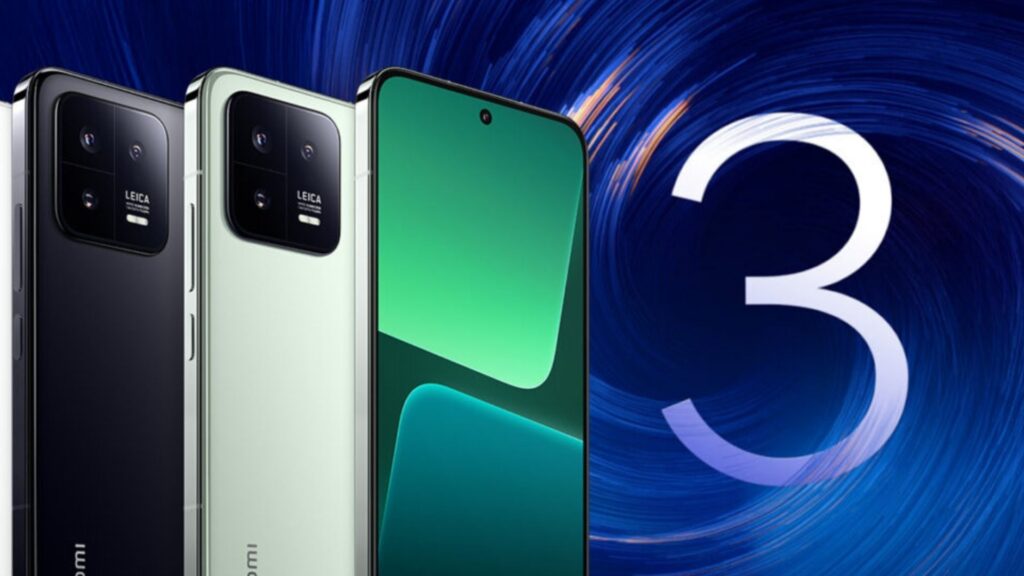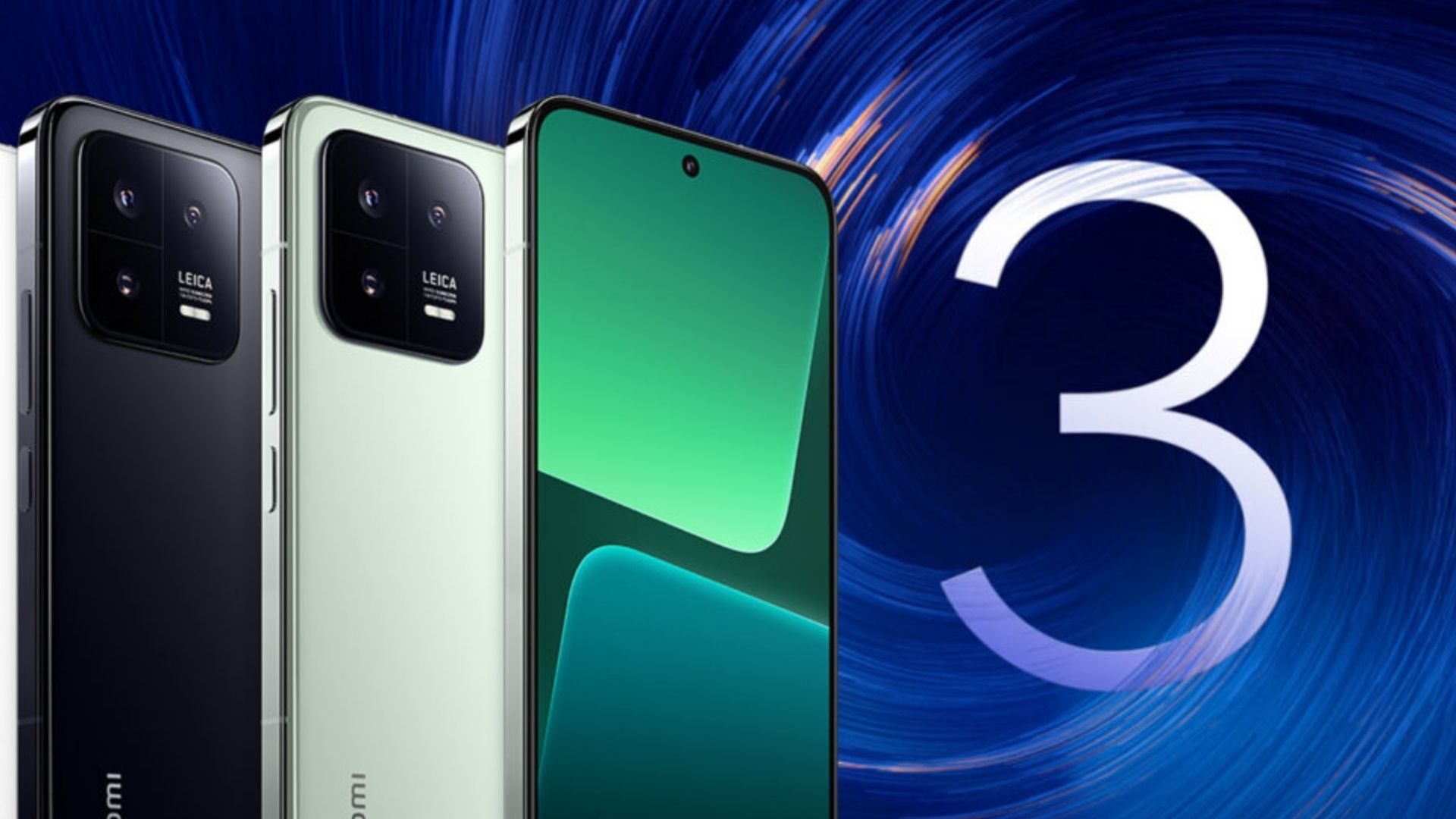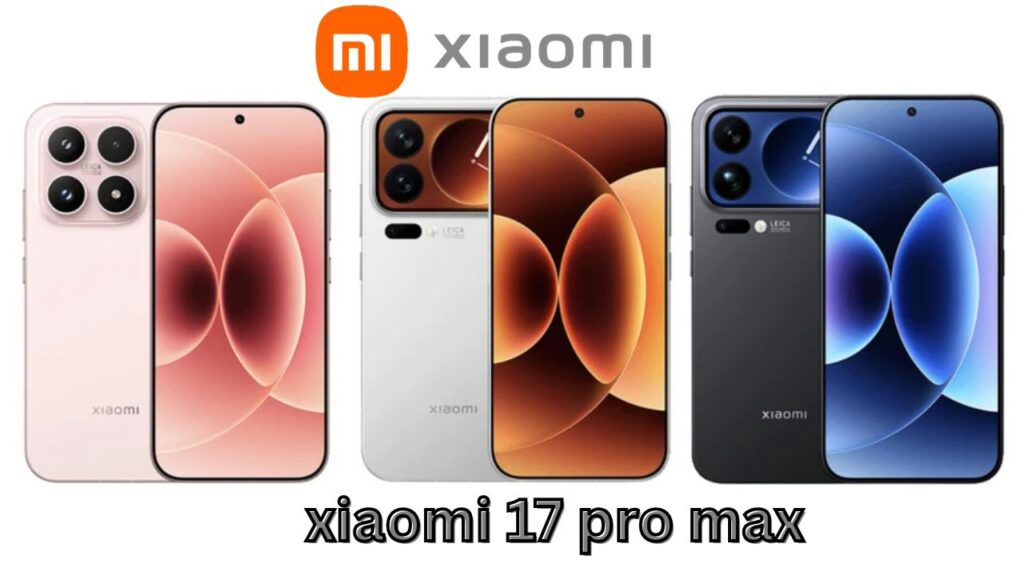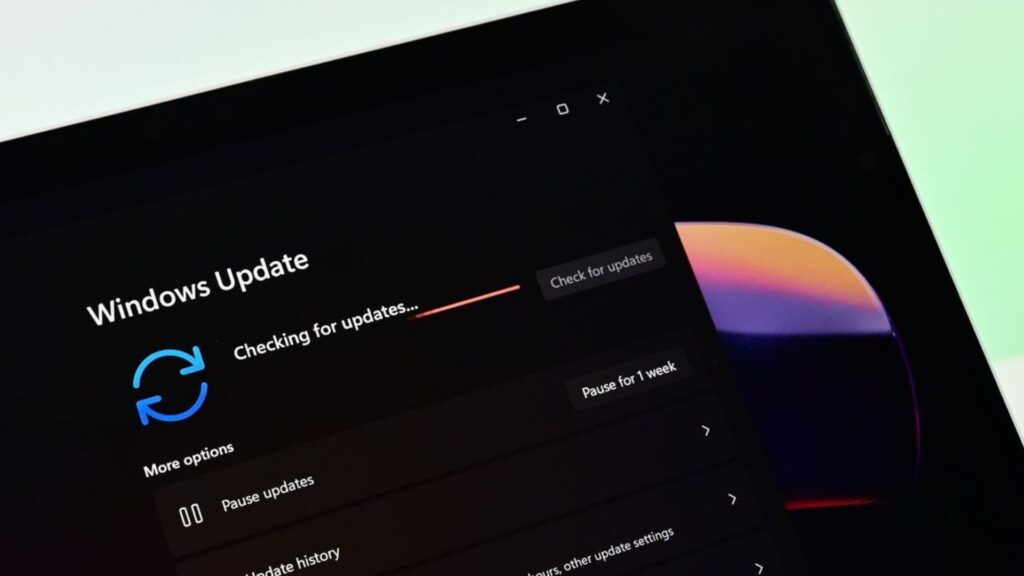Xiaomi has begun the staged rollout of HyperOS 3 beta, the latest version of its Android-based operating system built on Android 16. Announced in late August 2025, the software is now available to a select group of smartphones and tablets through Xiaomi’s official beta program. The company highlights major performance improvements, a new design language, improved security, and the introduction of Super Island, its take on Apple’s Dynamic Island.

This article provides a detailed overview of the update rollout schedule, supported devices, new features, and what users can expect from HyperOS 3.
First Batch of HyperOS 3 Beta Devices

As of August 29, 2025, eight Xiaomi and Redmi models have officially received the first build of HyperOS 3 beta. These include:
-
Xiaomi Pad 7S Pro 12.5
-
Xiaomi Pad 7 Pro
-
Xiaomi 15
-
Xiaomi 15 Pro
-
Xiaomi 15 Ultra
-
Xiaomi 15S Pro
-
Redmi K80 Pro
-
Redmi K80 Ultra
Owners of these devices need to register for Xiaomi’s beta program in order to download the software. Enrollment is managed through the Xiaomi Community app, where approved testers can install the early build and provide feedback.
Summary Table
Category |
Details |
|---|---|
First Batch (Aug 29, 2025) |
Xiaomi Pad 7S Pro 12.5, Pad 7 Pro, Xiaomi 15 series (15, 15 Pro, 15 Ultra, 15S Pro), Redmi K80 Pro, Redmi K80 Ultra |
Second Batch (Sep 17, 2025) |
Redmi K80, Redmi K Pad, Xiaomi Pad 7, Pad 7 Ultra, Mix Flip 2, Xiaomi TV S Pro Mini-LED series |
Third Batch (Sep 30, 2025) |
Xiaomi 14 series, Mix Fold 4, Mix Flip, Redmi K70 lineup, Xiaomi Pad 6S Pro 12.4 |
Major Features |
Super Island, redesigned UI, AI lock screen, smarter gallery, XiaoAI suggestions |
Performance Gains |
30% higher efficiency, 21% lower app latency, 15% better gaming performance, up to 10% energy savings |
Security |
Post-quantum cryptography, improved app permissions, offline device tracking, dual-layer authentication |
Ecosystem Focus |
Unified “Human × Car × Home” integration for cross-device usage |
Official Source |
Second Wave Coming September 17, 2025
Xiaomi has confirmed that seven more products will join the program on September 17, 2025. These include both tablets and smart TVs, showcasing Xiaomi’s ambition to unify its entire ecosystem under HyperOS.
-
Redmi K80
-
Redmi K Pad
-
Xiaomi Pad 7
-
Xiaomi Pad 7 Ultra
-
Xiaomi Mix Flip 2
-
Xiaomi TV S Pro Mini-LED
-
Xiaomi TV S Pro Mini-LED 2025
Third Phase Scheduled for September 30, 2025
The company also announced that ten additional devices will receive the update on September 30, 2025, significantly expanding the number of supported models. The third wave will include:
-
Xiaomi 14, Xiaomi 14 Pro, and Xiaomi 14 Ultra
-
Xiaomi Mix Fold 4 and Mix Flip
-
Redmi K70, K70 Pro, K70 Ultra, and K70E
-
Xiaomi Pad 6S Pro 12.4
With this rollout strategy, Xiaomi ensures that its latest flagship phones and tablets get the update first, while older but still powerful devices join in subsequent phases.
Key Features of HyperOS 3
1. Refreshed User Interface
HyperOS 3 introduces a completely reworked visual experience, with smoother animations, redesigned icons, and a cleaner layout. The highlight is Super Island, Xiaomi’s new interactive feature that expands the status bar into a live notification hub. It allows users to interact with calls, timers, and music controls without leaving the current app.
2. AI-Powered Enhancements
Artificial intelligence plays a central role in this update. HyperOS 3 includes AI lock screen customization, smarter gallery management with automatic “pet albums,” and new AI shortcuts such as Super XiaoAI Suggestions. These help predict user needs and automate tasks more efficiently.
3. Performance Boost
Xiaomi claims HyperOS 3 improves system performance by up to 30%, reducing app launch latency by around 21% and improving gaming performance by nearly 15%. Battery life also benefits, with games and video playback consuming up to 10% less power compared to HyperOS 2.
4. Security Improvements
HyperOS 3 strengthens security with fine-grained app permission controls and post-quantum cryptography for future-proof encryption. It also offers offline device tracking and a two-layer authentication system to protect sensitive data.
5. Ecosystem Integration
The new OS is part of Xiaomi’s broader “Human × Car × Home” vision. HyperOS 3 enables seamless integration between smartphones, tablets, smart TVs, vehicles, and smart home devices. This allows users to switch tasks across devices more easily and control their ecosystem through a unified interface.
Why HyperOS 3 Matters
Xiaomi’s HyperOS is more than just a smartphone skin. With this release, the company is pushing for a multi-device ecosystem, positioning itself against Apple’s iOS and Huawei’s HarmonyOS. By focusing on performance, AI-driven personalization, and cross-device communication, Xiaomi aims to deliver a more efficient and secure experience for its global user base.
FAQs
Q1. How can I join the HyperOS 3 beta program?
A. You need to enroll through the Xiaomi Community app, available on Xiaomi devices. Once approved, you’ll receive the OTA update.
Q2. Is HyperOS 3 available globally?
A. Currently, the beta rollout is starting in China. A global release is expected later in 2025.
Q3. What is Super Island?
A. It is Xiaomi’s new notification and multitasking feature, similar to Apple’s Dynamic Island, allowing interactive alerts above the display cutout.
Q4. How does HyperOS 3 improve gaming?
A. The system delivers up to 15% better gaming performance with lower latency and more efficient graphics rendering.
Q5. Does HyperOS 3 improve privacy?
A. Yes. It offers stronger permission controls, offline tracking protection, and advanced encryption methods to safeguard user data.
For More Information Click HERE






